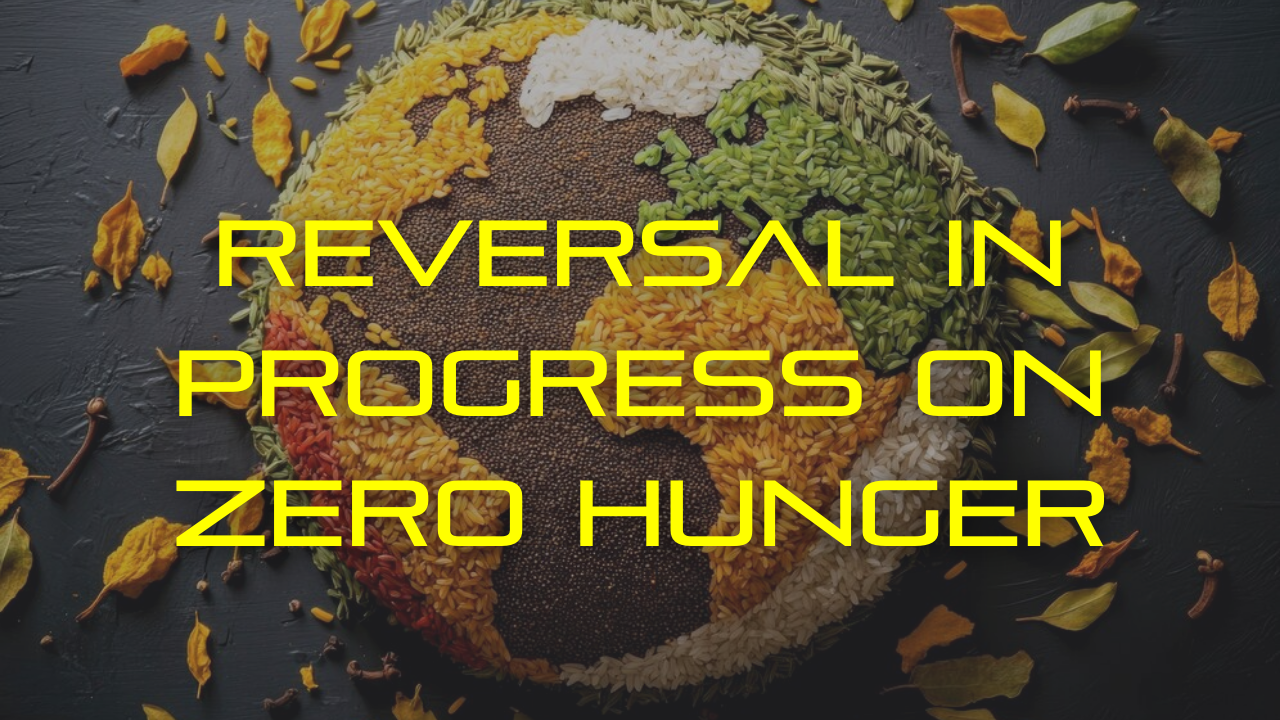Font size:
Print
India-China Relations in Modi 3.0: Prospects and Challenges
Context:
Prime Minister Narendra Modi and President Xi Jinping will attend the SCO leaders’ summit in Astana early next month. Recent signals on bilateral ties have been nuanced, and Australia’s recent approach offers a model for realistic engagement.
Historical Context:
- India and China, two of Asia’s largest nations, have experienced a tumultuous relationship marked by both cooperation and conflict.
- In the 1950s, leaders Jawaharlal Nehru and Mao Zedong envisioned close ties, formalised by the 1954 Panchsheel Agreement emphasising peaceful coexistence.
- However, this relationship soured following the 1962 Sino-Indian War, primarily over Tibet, which resulted in long-term mistrust and a strategic distancing in subsequent decades.
- The 1970s and 1980s saw minimal interaction, with India aligning with the USSR and China focusing on internal reforms and external rivalries.

Phases of Relations:
- Efforts to normalise relations began in the 1980s, with notable diplomatic engagements like Rajiv Gandhi’s 1988 visit to China aimed at maintaining peace along the disputed border.
- The post-Cold War era saw increased economic engagement, although border disputes in Aksai Chin and Arunachal Pradesh persisted.
- The 2017 Doklam standoff and the 2020 Galwan Valley clash, resulting in casualties on both sides, underscored ongoing tensions and unresolved issues.
Recent Diplomatic Engagements:
- Four years after the Galwan clashes, the border standoff remains unresolved, with 50,000 to 60,000 troops deployed on each side of the Line of Actual Control (LAC).
- Managing this complex relationship is a significant challenge for Prime Minister Narendra Modi’s third term.
- In an interview with Newsweek magazine, Indian Prime Minister emphasised the importance of India-China relations and the urgent need to address the prolonged border situation.
- He expressed optimism about restoring peace through constructive bilateral engagement at diplomatic and military levels.
- China responded positively, acknowledging the importance of the relationship beyond the boundary dispute and expressing a desire for increased trust and dialogue.
Statements from Indian Leadership:
- In May, External Affairs Minister S. Jaishankar expressed hope for resolving remaining issues in Ladakh, focusing on “patrolling rights” and “patrolling abilities.
- ” This nuanced stance pivots away from earlier demands for complete disengagement and de-escalation.
- Despite these diplomatic efforts, other developments have added complexity.
- A social media exchange between Narendra Modi and Taiwan’s President Lai Ching-te, angered China, which viewed it as a provocation against the ‘One China’ policy.
- Additionally, a bipartisan U.S. congressional delegation met the Dalai Lama in Dharamsala, leading to sharp reactions from China and further complicating the geopolitical landscape.
Strategic and Economic Implications:
- Stable borders are crucial for the Indian government to focus on economic growth, especially following recent election results indicating public concerns over jobs and prices.
- Economic ties between India and China have remained robust, with bilateral trade reaching a record $136 billion in 2023.
- However, heightened security threat perceptions have led to efforts at economic decoupling by the Indian establishment.
Prospects of Engagement:
- The upcoming Shanghai Cooperation Organisation (SCO) summit in Astana on July 3-4 offers a potential platform for engagement between Prime Minister Narendra Modi and President Xi Jinping.
- Previous meetings, such as those at the G20 summit in Bali and the BRICS summit in South Africa, have been inconclusive, but the Astana summit holds possibilities for a breakthrough.
Current Scenario and Future Prospects:
- Recent developments, such as China’s provocations in Arunachal Pradesh and strategic moves like constructing dams on the Brahmaputra River and supporting Pakistan, continue to fuel tensions.
- The ongoing border disputes, encapsulated by differing perceptions like the Johnson Line vs. McDonald Line, and strategic concerns over China’s ‘String of Pearls’ strategy further complicate relations.
- India objects to the BRI due to the CPEC’s route through Pakistan-occupied Kashmir and concerns over international norms, financial sustainability, and potential debt traps or environmental risks for host countries.
- In 2024, India is likely to maintain a tough stance on China. Enhanced border infrastructure and strategic investments in northeastern India are expected.
- India’s leadership in coalescing the Global South, evident in the “Voice of Global South” summit, challenges China’s influence.
- India counters China’s influence in the Indian Ocean and Indo-Pacific regions through strategic alliances like QUAD, I2U2, IMEC, INSTC, IORA, and the Necklace of Diamonds strategy.
- While the Blue Dot Network, launched by the US, Japan, and Australia, promotes sustainable infrastructure standards globally, opposing China’s BRI.
- Their differing stances in global issues further highlight the complex dynamics at play.
Conclusion:
- India-China relations in 2024 will be marked by strategic rivalry influenced by both nations’ global ambitions and regional strategies.
- Diplomatic efforts, economic engagements, and military preparedness will be crucial in navigating this complex relationship.
- The upcoming SCO summit could be a critical juncture for resetting the bilateral relationship on a more stable and cooperative path.
- While the potential for both cooperation and conflict exists, the emphasis on strategic dialogues and mutual trust-building will be key to achieving lasting peace and stability.

